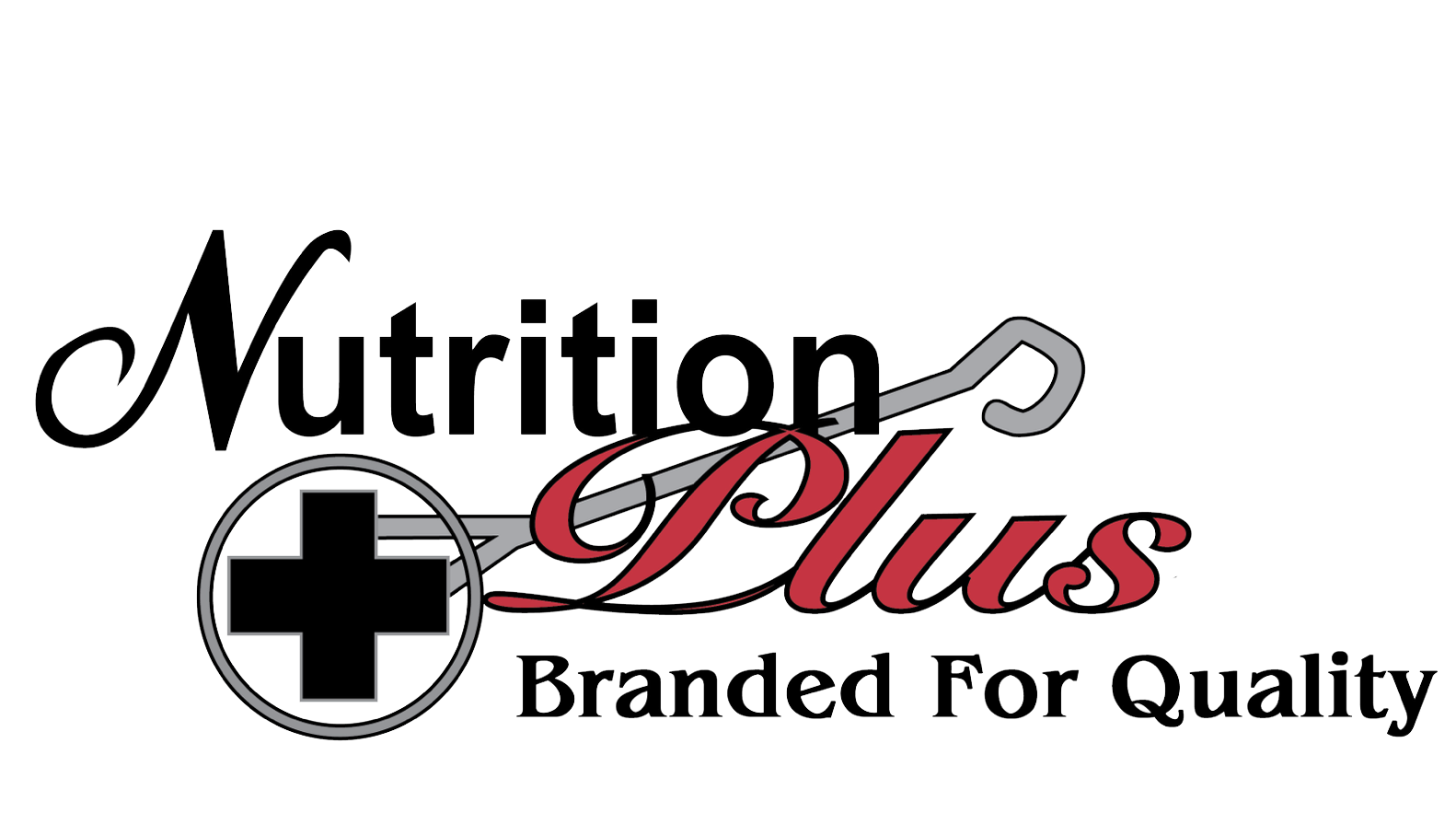Fall Breeding Season Checklist
Fall breeding season brings a wealth of anticipation and preparation for ranchers. Every year, a rancher must make the critical decision that will impact their operation for the next 30 years. These decisions will bear the fruit within five years, daughters in production from the selected bulls.
To deliver success with calves on the ground, bulls and females must be in good nutritional and physical shape. A successful breeding season equals a sound business decision, which means laying the necessary groundwork. Take this recommended checklist into consideration when reviewing your operation’s breeding protocol.
Checklist
Is your breeding program protocol in place?
First, start with the first and most important item that should be at the top of your checklist – have you established your breeding program protocol?
Options include choosing natural service, estrous synchronization and artificial insemination or synchronization with natural service.
No matter which breeding protocol you choose, placing a bull in the pasture will help reduce bull costs by spreading his use out over two breeding seasons. If you choose to artificially breed, it’s always a good idea to put a bull in with your cows in case they didn’t take to the semen or embryo. Another thing to consider when AI or ET is your breeding method of choice, don’t put off ordering semen!
When will you score body conditions?
When it comes to body condition scoring (BCS), a good program starts with your cattle being on a sound nutrition program, usually through a high-quality mineral program.
Ensuring bulls and females are in ideal body condition prior to breeding season is an important step. When deciding which protein and mineral to supplement with, first consider forage quality.
Maintenance requirements for energy and protein increase 25-30% for most beef cows after calving. Therefore, the need to feed the highest quality forages during the breeding season is paramount. Producers should plan their supplementation to match or exceed this increased nutrient requirement.
The evaluation of an animal’s BCS prior to calving, through gestation, lactation and re-breeding is an important step towards achieving reproductive success and sustaining profits.
Don’t forget – soundness matters.
The breeding soundness exam (BSE) is conducted by veterinarians. It includes a physical exam, semen evaluation, and an internal and external exam of the reproductive tract.
Evaluating the feet, legs, teeth, eyes, flesh cover, and scrotal circumference and shape is included in the physical exam. The semen evaluation includes semen normality and motility.
Typically, the BSE should be conducted 30 to 60 days prior to the beginning of breeding. It is important to note that the bull’s sperm production cycle is approximately 60 days. If illness, injury or other issues occur, this could negatively impact the BSE and breeding capability of the bull and may need to be re-evaluated.
Don’t procrastinate. Vaccinate.
Vaccination against BVD and IBR should be considered a standard practice. A good vaccination protocol is essential to maintaining herd health and preparing for the breeding season. Consult with your veterinarian to determine which vaccine protocols will work best for your operation.
TL;DR (Too long, didn’t read)
Proper management and breeding assessment of bulls prior to the breeding season is critical for the economic wellbeing of any cow-calf operation. Preparing for success before the fall breeding season arrives, will go a long way towards making it a profitable endeavor.
Consult your Nutrition Plus representative to learn more and to select the options that best suit your herd’s nutritional needs in preparation of fall breeding season.
Information sourced from: https://u.osu.edu/beef/2017/12/20/preparing-your-cows-for-a-successful-breeding-season/
https://extension.sdstate.edu/fall-calving-cows-management-and-breeding-decisions

